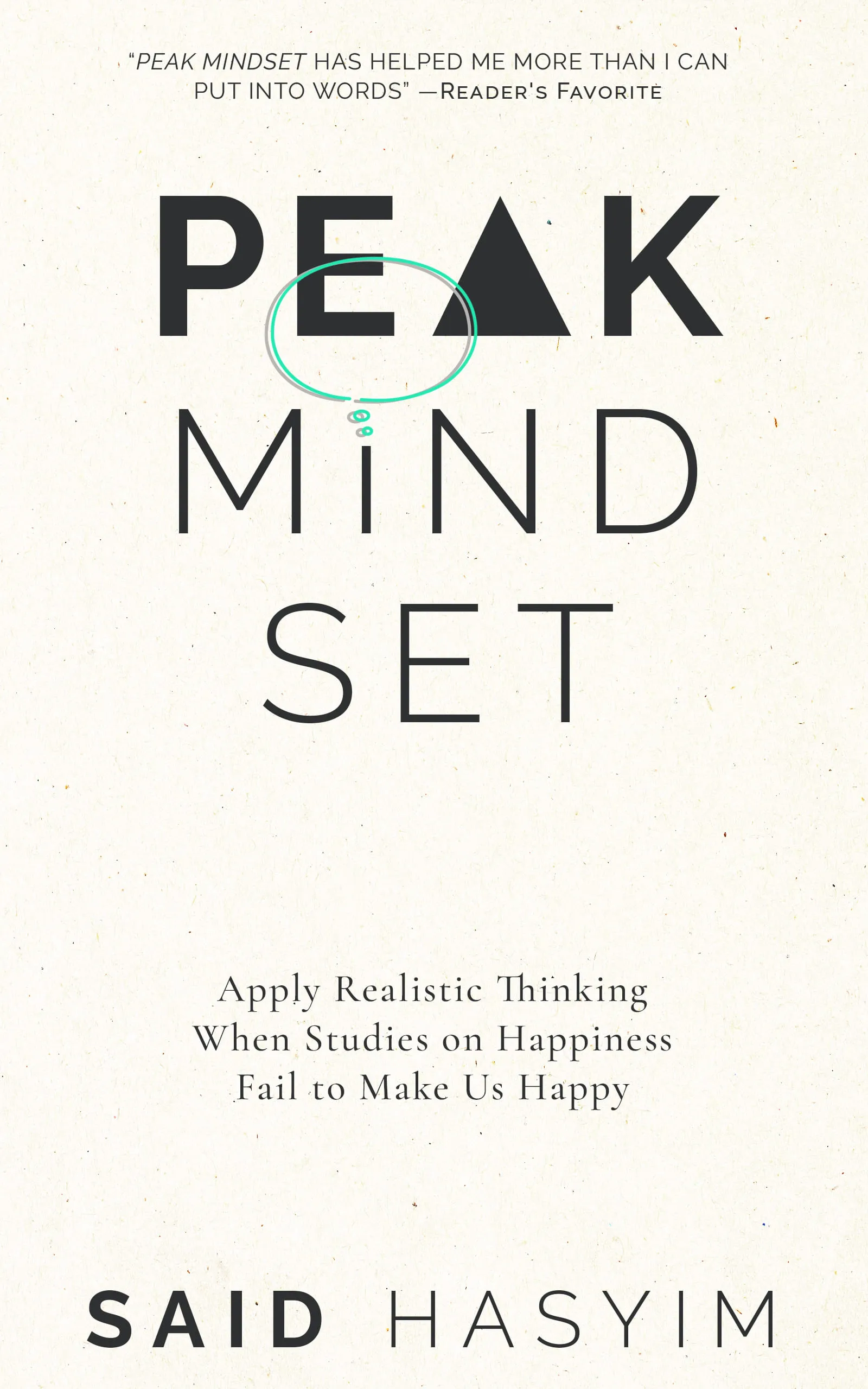Realistic Thinking: Building a Better Future
In the fast-paced world we inhabit, a myriad of challenges beckons us to seek solutions that are not only innovative but also achievable. It is increasingly clear that dreaming big is important, but pairing that vision with realistic thinking is essential for crafting a better future. This blog post delves into the concept of realistic thinking, exploring its significance in personal development, societal progress, and global change.
What is Realistic Thinking?
Realistic thinking is the ability to evaluate situations, obstacles, and opportunities with a pragmatic lens. It merges creativity with practicality, enabling individuals to devise plans that are not only ambitious but also grounded in feasibility. This approach encourages us to not just consider what could be done but also how it can be effectively implemented within the confines of reality.
The Pillars of Realistic Thinking
Critical Analysis: This involves assessing the current state of affairs, understanding the intricacies of a problem, and distinguishing between what is plausible and what is merely aspirational. Critical thinking empowers individuals to make informed decisions based on evidence rather than emotions or assumptions.
Resource Management: No positive change occurs without the necessary resources—whether they are time, money, skills, or manpower. Realistic thinking necessitates a thorough inventory of these elements, prioritizing them in a way that optimally supports the pursuit of goals.
Flexibility and Adaptability: The future is uncertain, and the landscape of opportunities is continuously shifting. Embracing a mindset that is open to change allows for the adaptation of plans as new information comes to light or as circumstances evolve.
Goal Setting: Setting clear, achievable goals is a cornerstone of realistic thinking. By breaking larger visions into smaller, manageable objectives, individuals and organizations can create a roadmap that leads towards progress while maintaining motivation.
Feedback Loops: Incorporating mechanisms for feedback allows individuals and teams to assess their progress and adjust their strategies accordingly. Continuous reflection on outcomes strengthens the foundation of decision-making and enhances the potential for success.
The Role of Realistic Thinking in Personal Development
From an individual standpoint, realistic thinking is key to personal growth. It encourages self-assessment, allowing individuals to identify their strengths, weaknesses, and opportunities for improvement. By setting realistic expectations and goals, one can avoid the pitfalls of disappointment associated with unattainable aspirations.
Practical Steps for Personal Growth
Self-Assessment: Regularly evaluate your skills and character traits. What are you good at? What areas require improvement?
Setting Realistic Goals: Break down long-term aspirations into actionable tasks. For instance, rather than aiming to lose 50 pounds in a month, focus on losing 1-2 pounds a week through manageable lifestyle changes.
Embrace Failure: See setbacks as opportunities for learning. Realistic thinkers understand that failure is often a stepping stone to success; it provides valuable insights that can refine future approaches.
Enhancing Societal Progress Through Realistic Thinking
When applied at a collective level, realistic thinking holds immense potential for societal progress. Policymakers, community leaders, and activists can leverage this thought process to address complex issues such as poverty, climate change, and inequality.
Examples of Realistic Thinking in Action
Policy Formulation: Policymakers who employ realistic thinking can create effective legislation by analyzing empirical data and focusing on achievable outcomes rather than idealistic targets that lack feasibility.
Community Initiatives: Grassroots movements that incorporate realistic assessments of community needs can effectively mobilize resources to address local challenges. For instance, a neighborhood initiative aiming to reduce crime may begin with realistic measures such as increased community engagement and cooperation with local law enforcement.
Education and Awareness: Educational programs that promote realistic thinking teach individuals to navigate the complexities of societal issues, encouraging critical discourse and fostering an informed citizenry.
Global Change: The Broader Perspective
In a global context, realistic thinking is crucial as humanity faces unprecedented challenges—climate change, health crises, and geopolitical tensions among them. Global solutions require international collaboration where innovative ideas are implemented within structured, realistic frameworks.
Strategies for Global Change
Setting Global Goals: Initiatives such as the United Nations' Sustainable Development Goals (SDGs) exemplify the importance of establishing realistic, measurable goals that address global issues. Each goal presents benchmarks while allowing flexibility to adapt to changing circumstances.
Collaborative Efforts: Addressing global challenges requires cooperation among nations, NGOs, and the private sector. Realistic thinking fosters partnerships by focusing on the strengths and resources of each stakeholder, identifying practical avenues for collaboration.
Emphasizing Local Solutions: While global strategies are crucial, local solutions often yield the most significant impact. Realistic approaches recognize the need to empower communities to find local solutions that resonate with their specific challenges.
The Future: A Realistic Outlook
As we venture into the future, embracing realistic thinking becomes vital. The world is replete with complexities, and as we navigate this landscape, the ability to merge vision with practicality will dictate our success. Whether in personal endeavors, societal movements, or global initiatives, realistic thinking provides a robust framework to drive progress.
Call to Action
Let us nurture a culture of realistic thinking. Engage in self-assessment, set practical goals, and embrace flexibility in problem-solving. Together, we can create a brighter, more feasible future built on the foundations of pragmatic optimism. The journey may not always be easy, but with realistic thinking guiding our path, the potential for meaningful change becomes boundless.
Embrace the power of realistic thinking today—not as a limitation, but as an invitation to innovate responsibly and build the future we desire.
Leverage Your Mindset for a Fulfilling Life
Explore Peak Mindset, a book to leveraging your subconscious for a more fulfilling life. Gain insights into realistic thinking, money management, and stress resilience to make informed decisions. Discover pitfalls in conventional happiness advice and practical strategies for self-transformation. Unlock your potential and enhance your overall satisfaction.
